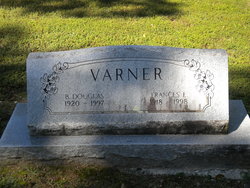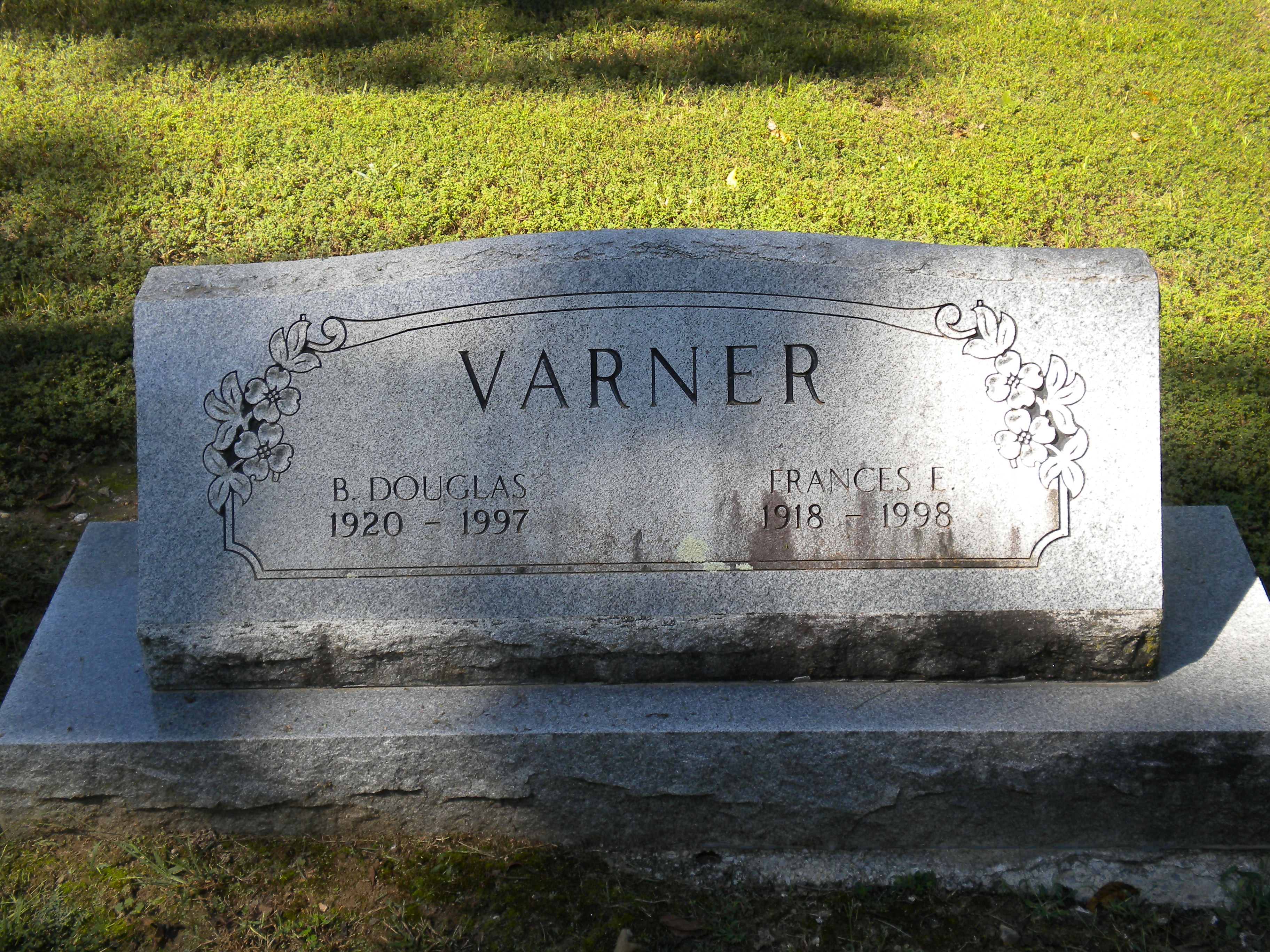Doug graduated early from Lincoln, NE High School in December of 1937. As his parents were both deceased and his married older brother took over the family home, he took off for Yellowstone National Park and worked at the historic canyon Lodge both in 1938 and 1939. He wandered to Denver and was employed as a houseboy at an estate. Unfortunately, the family was nearly broke and he ended up working for room and board. Stranded in Denver until the spring of 1940, Doug made his way back to Nebraska and joined the Nebraska Army National Guard, partly for a job and partly for a place to stay and have three square meals a day.
Doug entered the university of Nebraska in the fall of 1940 with the help of the National Guard and in tuition and books in exchange for working as a janitor on campus. When he enrolled, he was given the choice of freshman phys ed or going out for freshman football. Doug became a member of the Cornhusker "scout squad" and helped the varsity on its way to a championship season, which ended in a trip to the Rose Bowl against Stanford (New Years Day 1941). Doug spent the summer of 1941 with the national guard but received permission to join the US Navy Aviation wing in Kansas City, Kansas at Fairfax naval Air Station (NAS).
Doug was in preflight training on December 7, 1941. Suddenly training became much more serious as a long war was the grim conclusion of all cadets. Preflight went well, but Doug just couldn't get his "Jenny" biplane to land in a 50' circle as required for all Navy pilots. He finally washed out of flight training. The commanding officer of the Fairfax Naval flight training school told Doug to stay in the barracks and allowed him to stay on duty in the Navy until Dad could figure out what he wanted to do for the war effort. His instructors convinced him to go through aircraft controller school right at Fairfax. A letter from the draft board back in Lincoln convinced him to stay in the Navy.
Doug was assigned to Olathe NAS after training. He was a control tower operator for one of the busiest military airports in the United States. Because of its long runways and central location in the country, Olathe NAS was a stopover point for thousands of aircraft destined for both coasts and on cross-country trips. Additionally, Consolidated B-24s being built in Fort Worth, Texas would be flown on break-in missions by new crews up to Olathe. B-29s built in Wichita did the same, as did the B-25s built in Kansas City.
In 1942, he and a Navy pilot friend went on a double date with the Seaton Sisters. Doug married Frances Elaine Seaton in 1943. He commuted to Olathe on the old Surburban Line and lived near the Country Club Plaza. He managed to buy a 1937 Ford coupe and often drove out to the NAS toward the end of the war. Despite his good fortune at having a worthwhile and good job with the Navy, Doug desperately wanted to be "where the action was." His commander continually turned down requests for transfer, as Second Class Petty Officer Varner was too valuable to the war effort with his air traffic controlling at Olathe NAS.
Doug graduated early from Lincoln, NE High School in December of 1937. As his parents were both deceased and his married older brother took over the family home, he took off for Yellowstone National Park and worked at the historic canyon Lodge both in 1938 and 1939. He wandered to Denver and was employed as a houseboy at an estate. Unfortunately, the family was nearly broke and he ended up working for room and board. Stranded in Denver until the spring of 1940, Doug made his way back to Nebraska and joined the Nebraska Army National Guard, partly for a job and partly for a place to stay and have three square meals a day.
Doug entered the university of Nebraska in the fall of 1940 with the help of the National Guard and in tuition and books in exchange for working as a janitor on campus. When he enrolled, he was given the choice of freshman phys ed or going out for freshman football. Doug became a member of the Cornhusker "scout squad" and helped the varsity on its way to a championship season, which ended in a trip to the Rose Bowl against Stanford (New Years Day 1941). Doug spent the summer of 1941 with the national guard but received permission to join the US Navy Aviation wing in Kansas City, Kansas at Fairfax naval Air Station (NAS).
Doug was in preflight training on December 7, 1941. Suddenly training became much more serious as a long war was the grim conclusion of all cadets. Preflight went well, but Doug just couldn't get his "Jenny" biplane to land in a 50' circle as required for all Navy pilots. He finally washed out of flight training. The commanding officer of the Fairfax Naval flight training school told Doug to stay in the barracks and allowed him to stay on duty in the Navy until Dad could figure out what he wanted to do for the war effort. His instructors convinced him to go through aircraft controller school right at Fairfax. A letter from the draft board back in Lincoln convinced him to stay in the Navy.
Doug was assigned to Olathe NAS after training. He was a control tower operator for one of the busiest military airports in the United States. Because of its long runways and central location in the country, Olathe NAS was a stopover point for thousands of aircraft destined for both coasts and on cross-country trips. Additionally, Consolidated B-24s being built in Fort Worth, Texas would be flown on break-in missions by new crews up to Olathe. B-29s built in Wichita did the same, as did the B-25s built in Kansas City.
In 1942, he and a Navy pilot friend went on a double date with the Seaton Sisters. Doug married Frances Elaine Seaton in 1943. He commuted to Olathe on the old Surburban Line and lived near the Country Club Plaza. He managed to buy a 1937 Ford coupe and often drove out to the NAS toward the end of the war. Despite his good fortune at having a worthwhile and good job with the Navy, Doug desperately wanted to be "where the action was." His commander continually turned down requests for transfer, as Second Class Petty Officer Varner was too valuable to the war effort with his air traffic controlling at Olathe NAS.
Family Members
Sponsored by Ancestry
Advertisement
Explore more
Sponsored by Ancestry
Advertisement



